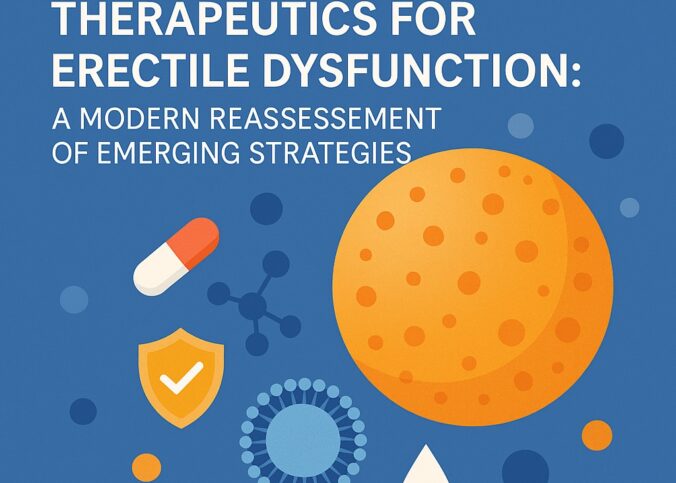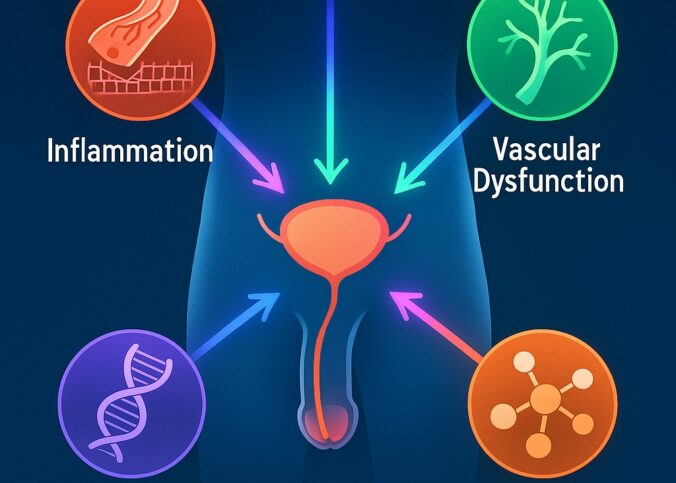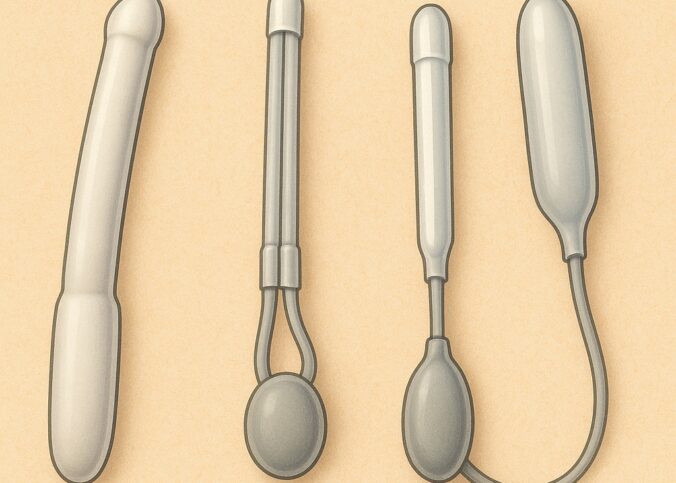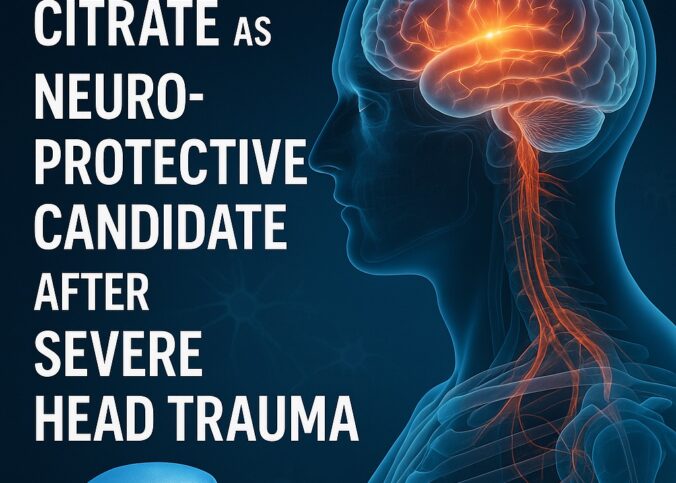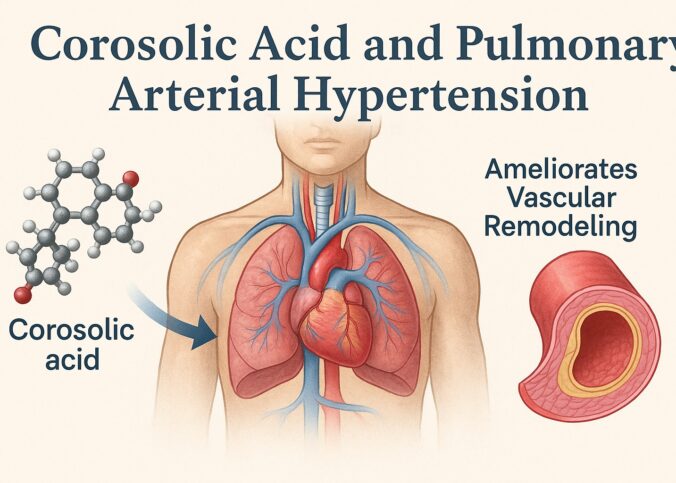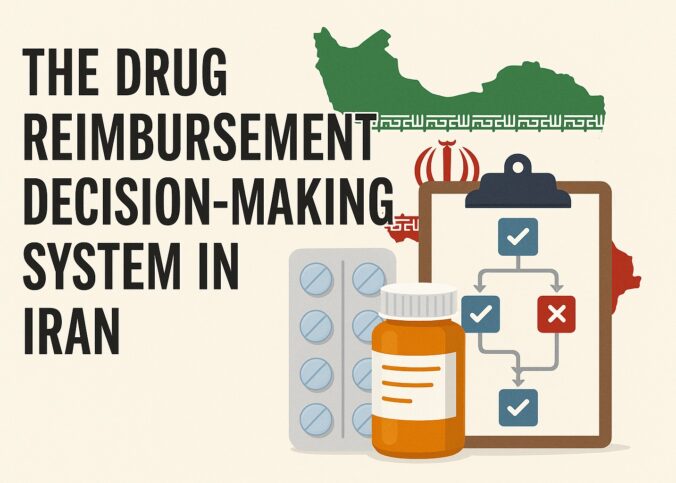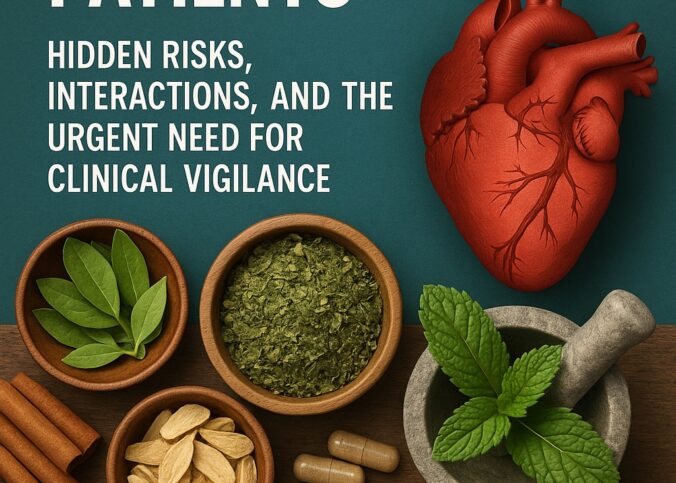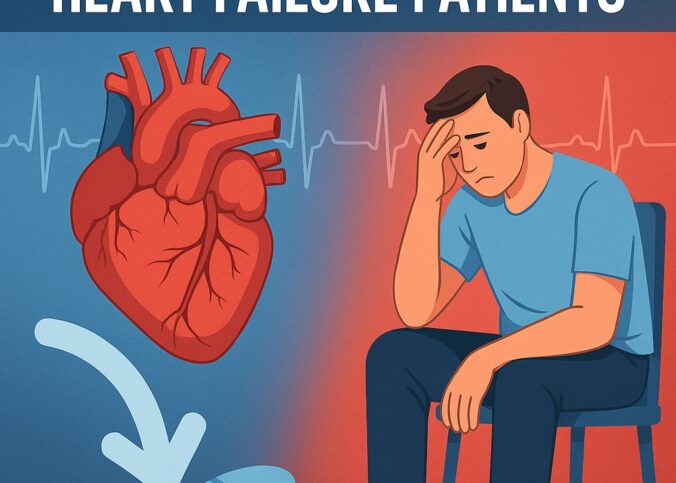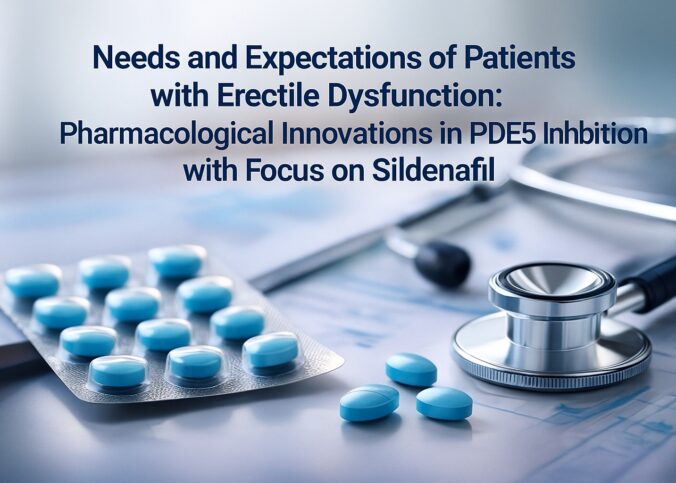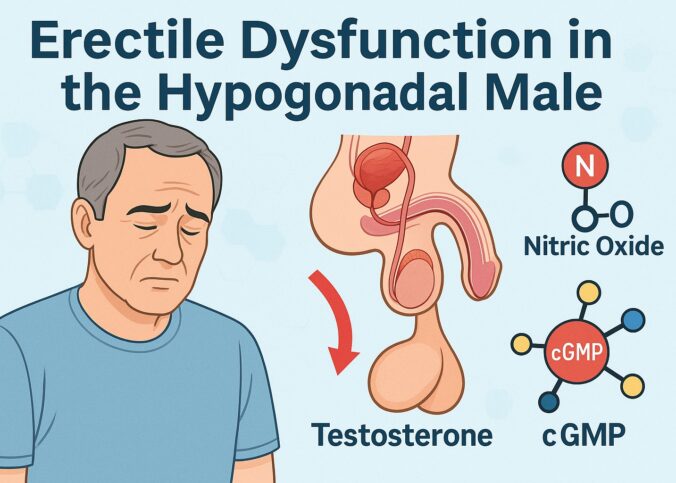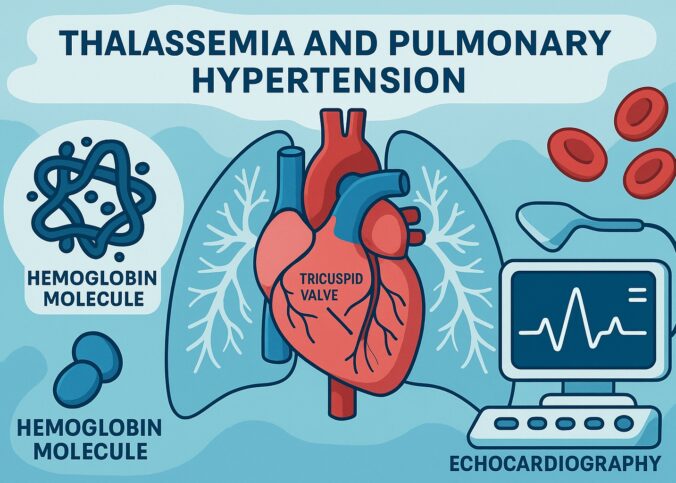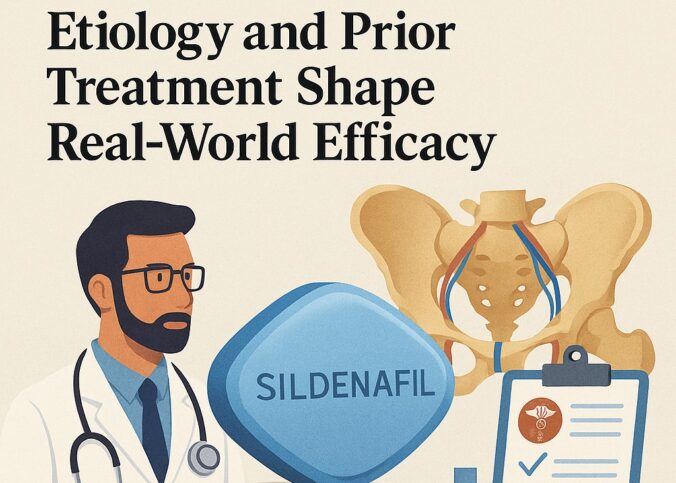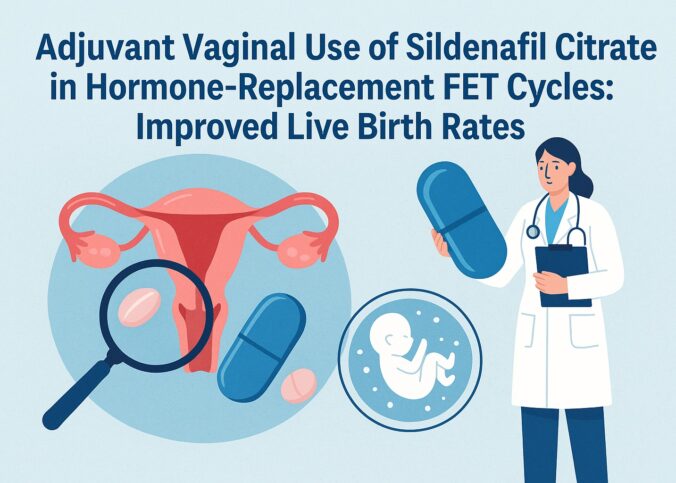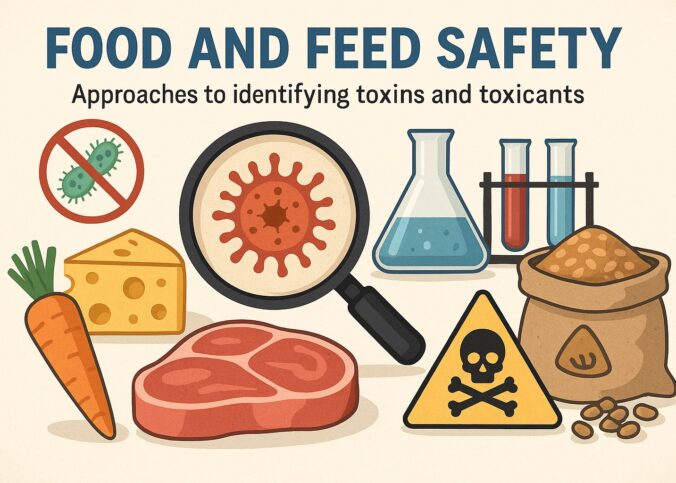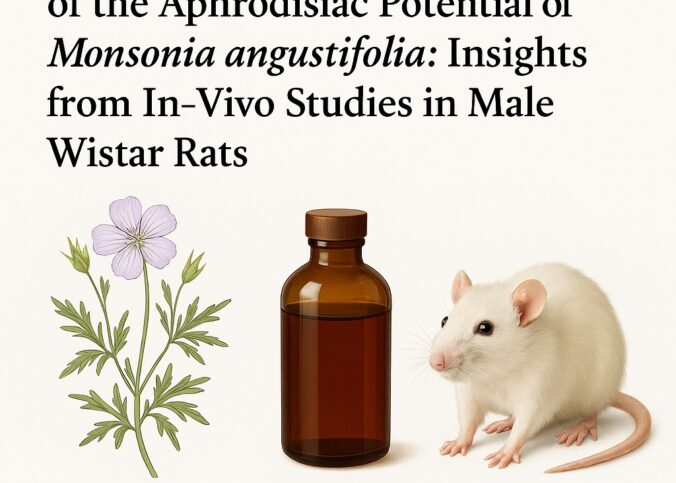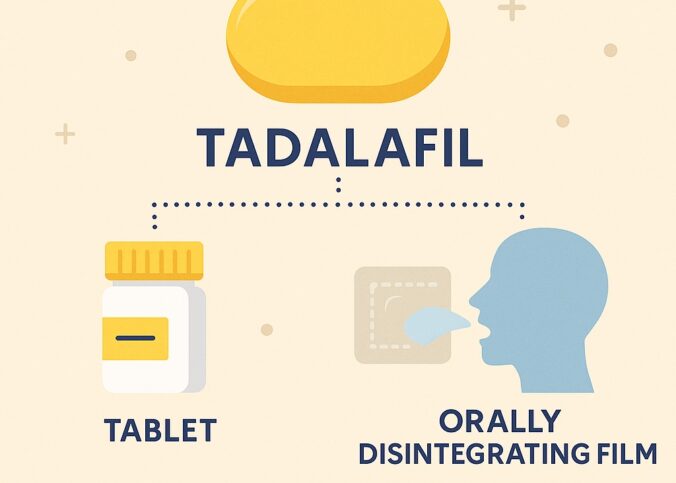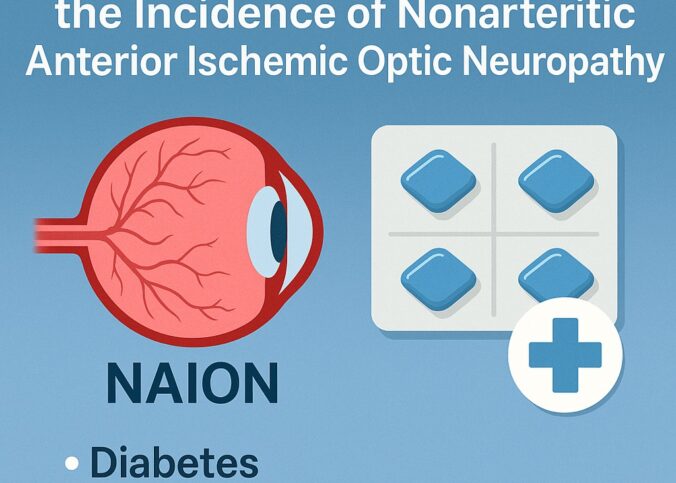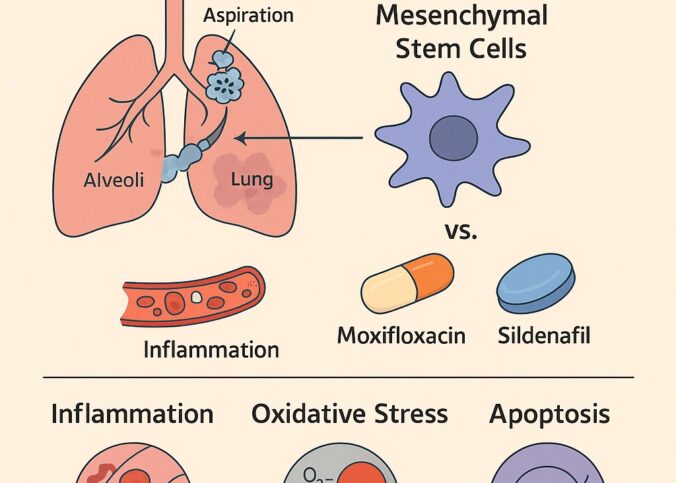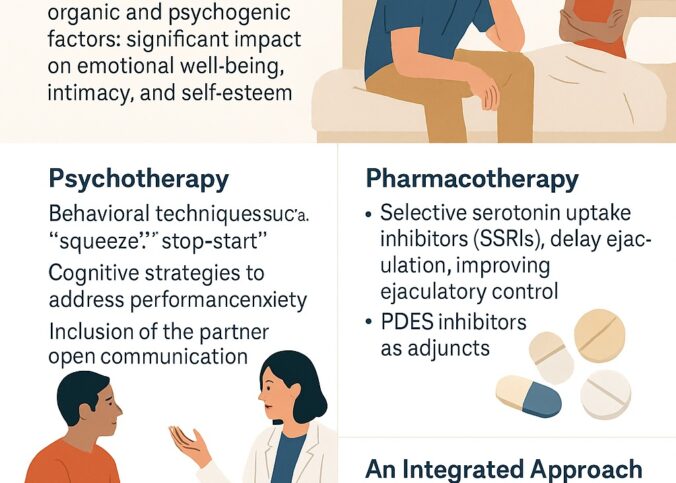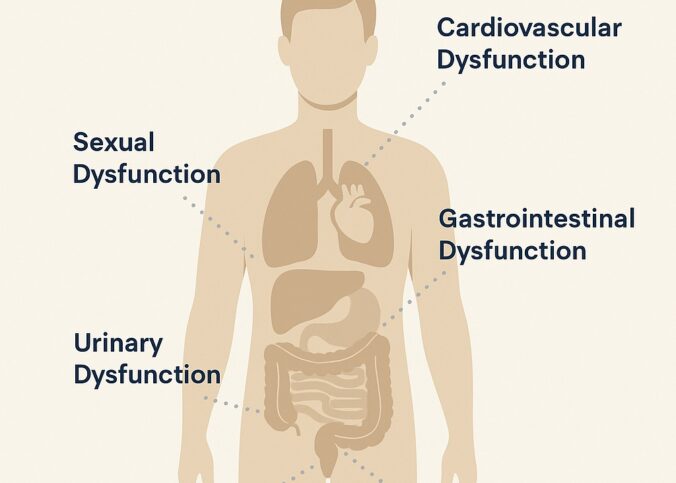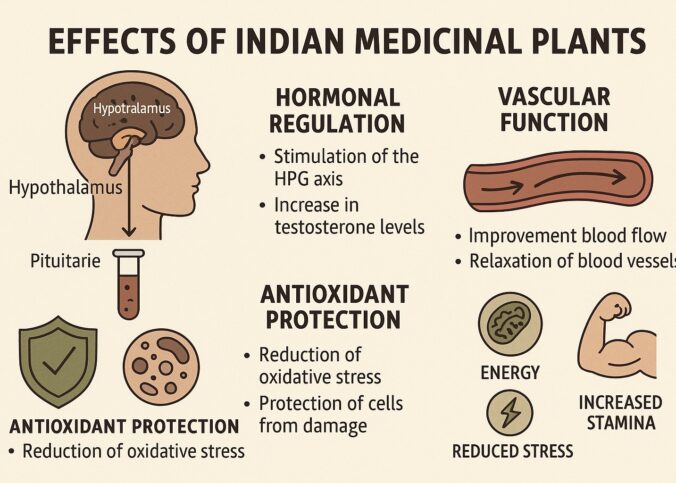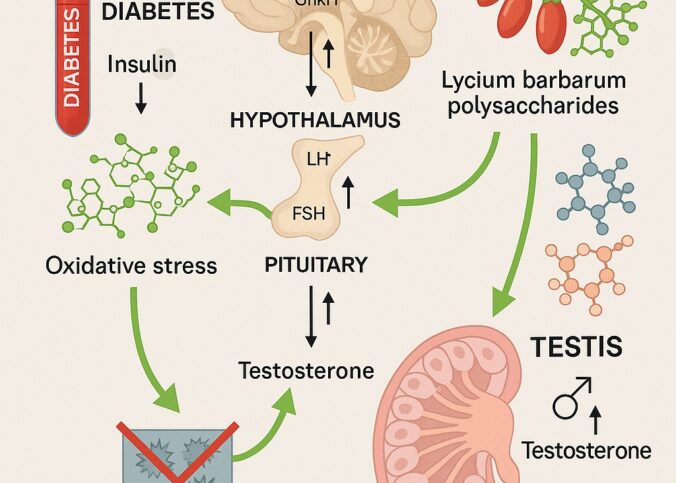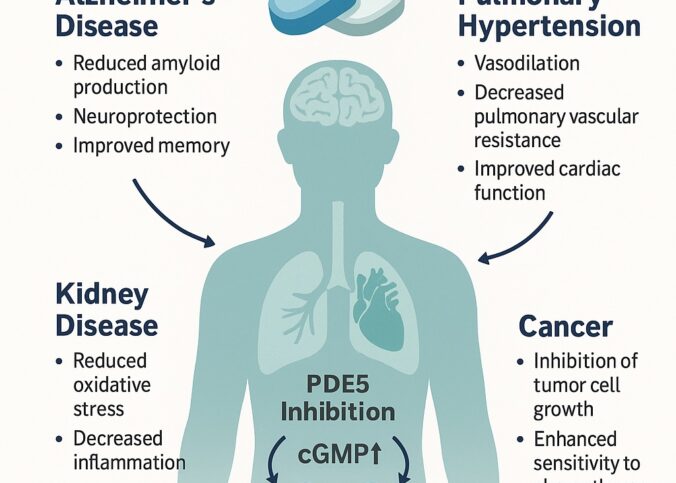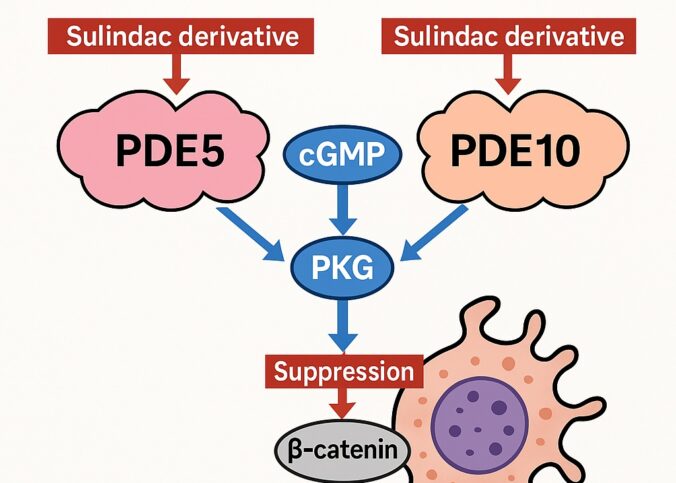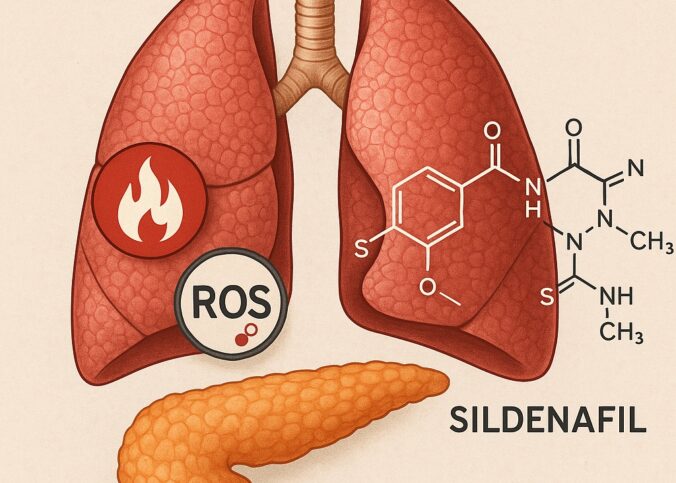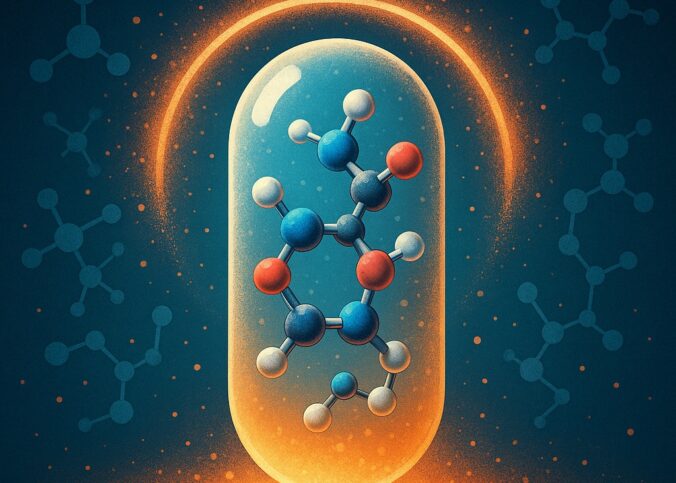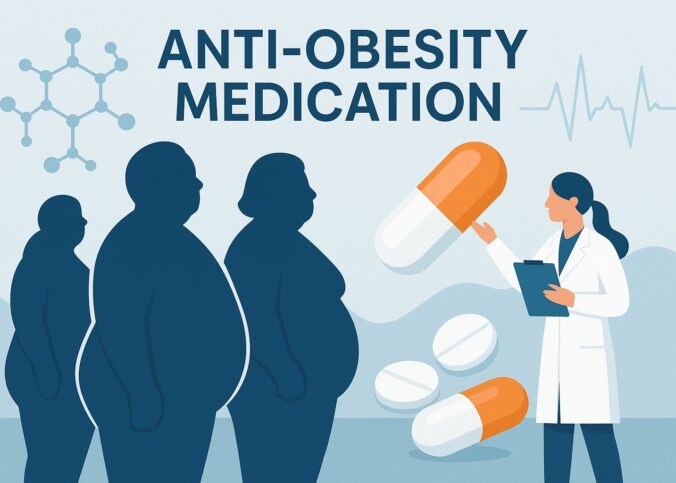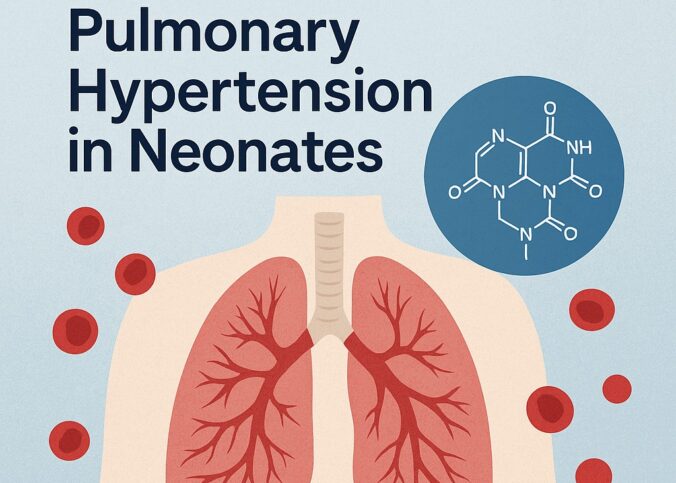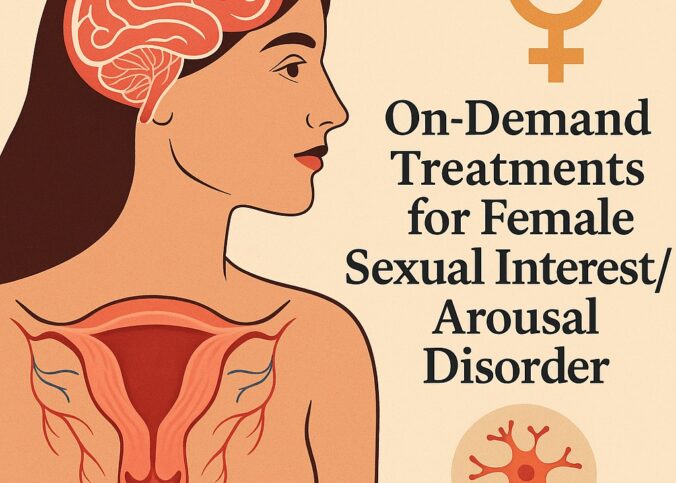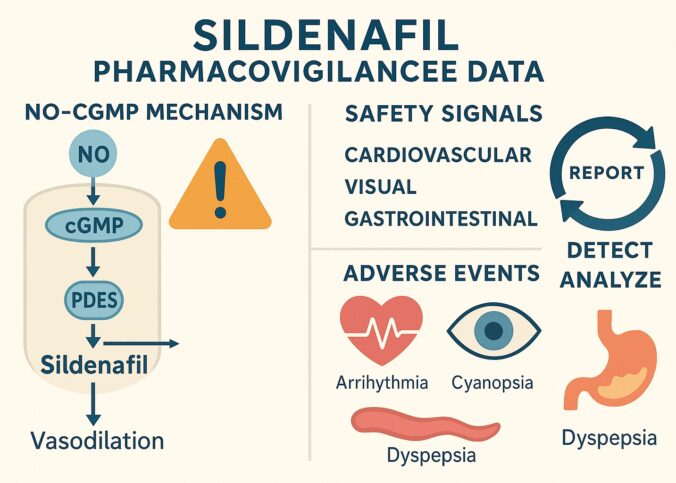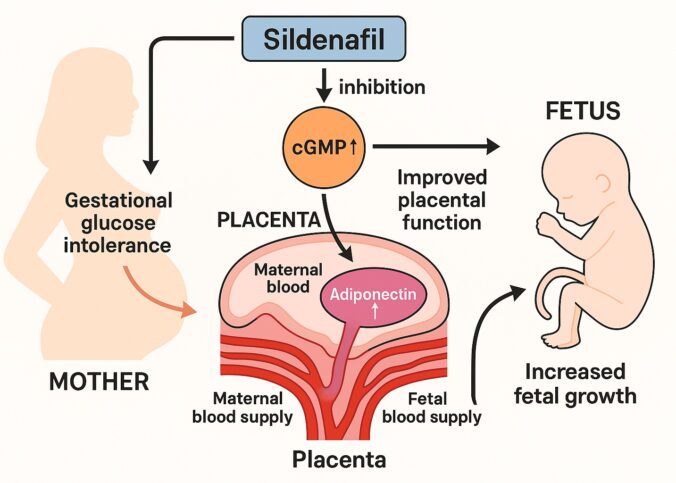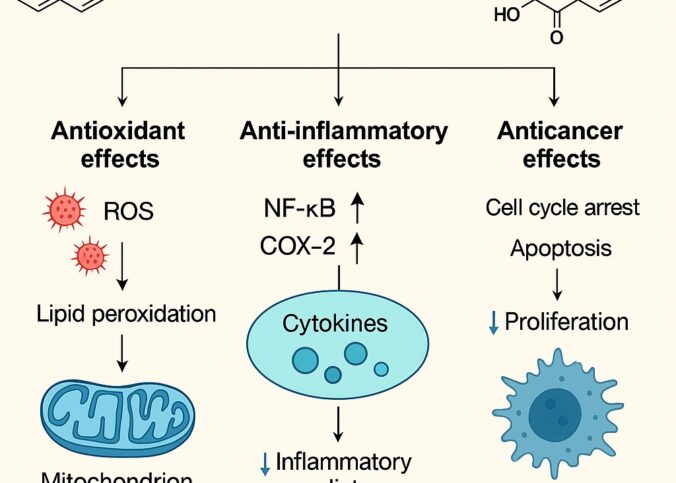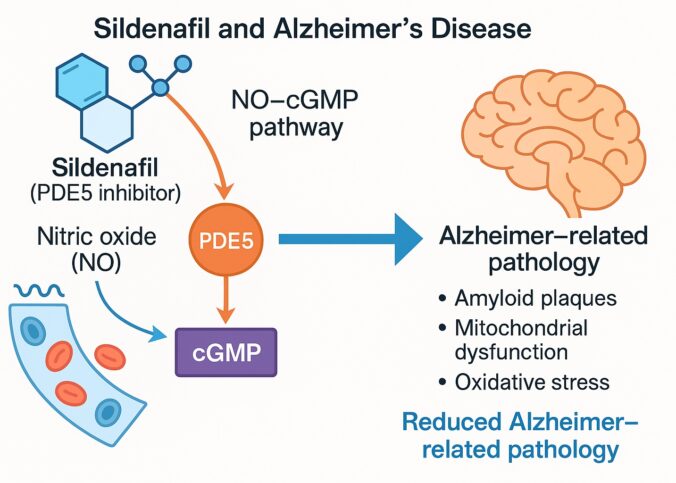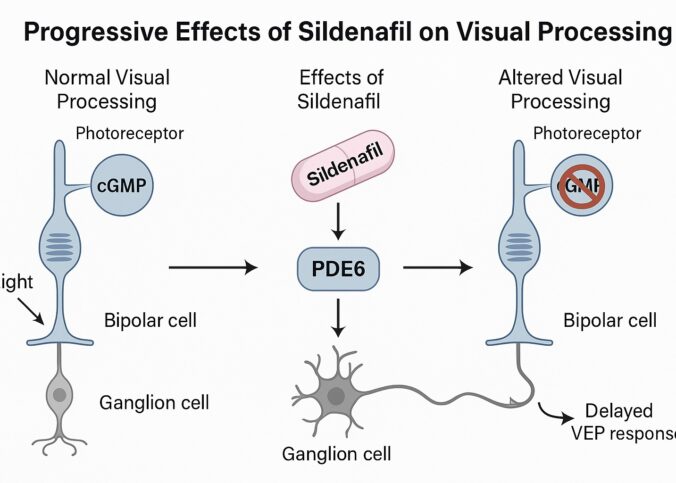Introduction Sildenafil’s journey from a cardiovascular research compound to a first-line therapy for erectile dysfunction has been extensively documented, celebrated, and occasionally mythologized. Approved in 1998, sildenafil inaugurated an entirely new pharmacological era by targeting phosphodiesterase type 5 (PDE5), enhancing…
Category: ED Pills
Introduction Biochemically recurrent prostate cancer represents a uniquely challenging clinical scenario: the tumor is invisible to imaging, yet its biochemical footprint—usually a rising prostate-specific antigen (PSA)—confirms that disease activity persists. The psychological burden can be substantial. Men who have already…
Introduction Erectile dysfunction (ED) remains one of the most prevalent and distressing male sexual health disorders worldwide. Affecting over 150 million men, and projected to impact more than 320 million by 2025, ED reflects a complex interplay of vascular, neurological,…
Introduction Wound management remains one of the perennial challenges in veterinary clinical practice. Whether resulting from trauma, surgical interventions, or chronic disease, open skin wounds in dogs demand therapeutic strategies that balance efficacy, safety, and practicality. While systemic medications have…
Erectile dysfunction (ED) has long been regarded as a disease of hemodynamics and neurovascular signaling—a disorder in which endothelial impairment, smooth muscle dysfunction, and nitric oxide bioavailability determine the capacity for penile erection. This classical framework has served clinicians well,…
Erectile dysfunction (ED) is commonly framed as a vascular dysfunction with an elegant pharmacological solution. Yet every practicing physician knows this narrative is incomplete. The ability to achieve and maintain an erection is not merely a hemodynamic process—it is one…
Penile prosthesis implantation remains one of the most effective and definitive treatments for erectile dysfunction (ED), particularly when conservative measures fail or are no longer appropriate. While prostheses offer high satisfaction rates across diverse patient populations, the context in which…
Traumatic brain injury (TBI) remains one of the most complex and devastating neurological conditions in clinical medicine. Despite major advancements in emergency care, neurocritical monitoring, imaging, and surgical interventions, the biochemical cascade that follows severe head trauma continues to challenge…
Sildenafil citrate revolutionized the management of erectile dysfunction shortly after its introduction, altering not only clinical practice but also the cultural understanding of male sexual health. As a highly selective phosphodiesterase type 5 (PDE5) inhibitor, sildenafil enhances penile vascular smooth…
Pulmonary arterial hypertension (PAH) remains one of the most formidable challenges in cardiovascular and pulmonary medicine. Defined by progressive elevation of pulmonary arterial pressure and relentless remodeling of the pulmonary vasculature, PAH inexorably leads to right ventricular failure and premature…
The pharmaceutical reimbursement landscape in Iran represents one of the most complex and strategically significant components of the national healthcare system. It sits at the intersection of public health, financial protection, regulatory oversight, political prioritization, and social justice. At first…
Introduction: A Growing Intersection Between Herbalism and Cardiology The surge of herbal medicine use in the United States is far from a fringe cultural shift—it is a full-scale public health phenomenon. According to national data presented in the article, more…
Erectile dysfunction (ED) remains one of the most prevalent, emotionally taxing, and clinically revealing conditions encountered in general medicine. Although once relegated to the domain of urology or considered an inevitable consequence of aging, ED is now understood as a…
Erectile dysfunction (ED) and heart failure (HF) represent two highly prevalent chronic conditions that often coexist, affect similar patient populations, and share a wide constellation of overlapping risk factors. While both disorders have traditionally been managed within their own separate…
Erectile dysfunction (ED) remains one of the most common and psychologically impactful conditions in adult men, affecting quality of life, self-image, and relationship dynamics. Despite its high prevalence, patients still hesitate to seek medical help, often arriving at the clinic…
Tree nuts and peanuts occupy a uniquely paradoxical place in human nutrition. On one hand, they represent some of the most nutrient-dense foods available, rich in unsaturated fats, plant protein, fiber, vitamins, minerals, and phytochemicals. Decades of epidemiologic research have…
Understanding how patients perceive medications in the real world is becoming just as important as understanding how these drugs behave in randomized clinical trials. Nowhere is this more evident than in the management of erectile dysfunction (ED), a condition that…
Erectile dysfunction (ED) in men with hypogonadism represents a particularly intricate clinical scenario—one in which endocrine insufficiency intersects with vascular impairment, psychological burden, and pharmacological resistance. Although phosphodiesterase-5 (PDE5) inhibitors such as sildenafil revolutionized ED management more than two decades…
The early stages of human pregnancy are an intricate biological negotiation between embryo and endometrium. For implantation to succeed, the developing trophoblast must transition from a relatively sedentary epithelial identity into a highly motile, invasive subtype capable of remodeling maternal…
Peripheral nerve injuries, although often overshadowed by the grand drama of central nervous system disorders, continue to impose a substantial clinical burden. Among these, traumatic sciatic nerve injuries stand as a classic model for studying axonal degeneration, inflammation, and regeneration,…
Pulmonary hypertension (PH) has gradually shifted from being a peripheral concern in β-thalassemia care to one of its central and most dangerous complications. For clinicians and researchers, the real question is no longer whether PH occurs in transfusion-dependent hemoglobinopathies—it clearly…
Clinical Relevance of Sildenafil Citrate: How Etiology and Prior Treatment Shape Real-World Efficacy
Few medications in modern medicine have shifted the therapeutic landscape as dramatically as sildenafil citrate. Once a compound developed for angina, it rapidly emerged as a first-line therapy for erectile dysfunction (ED) and profoundly altered how clinicians evaluate, counsel, and…
Frozen embryo transfer (FET) has confidently migrated from an auxiliary strategy to a core component of modern assisted reproductive technologies. With fewer complications compared to fresh transfers and increasingly sophisticated cryopreservation methods, FET cycles now represent a major avenue toward…
Erectile dysfunction (ED) is far more than a clinical diagnosis confined to pharmacological management; it is a complex interplay of vascular, neurological, hormonal, psychological, and relational factors. While phosphodiesterase type 5 inhibitors (PDE5Is) transformed the therapeutic landscape more than two…
The safety of food and feed is one of the most delicate pillars of public health, primarily because it is so deceptively fragile. A single contaminant—chemical, biological, or the ever-mysterious “unknown toxicant”—can destabilize entire supply chains, trigger international recalls, and…
The search for safe, effective, and reliable aphrodisiac agents remains an ongoing priority in both modern pharmacotherapy and traditional medical systems. While pharmaceuticals such as sildenafil citrate have indisputably revolutionized the management of erectile dysfunction, the parallel growth of interest…
Erectile dysfunction (ED) remains one of the most prevalent clinical concerns affecting male sexual health, often quietly eroding self-esteem, relationships, and quality of life. Although androgen deficiency, chronic disease, and psychogenic factors may all play a role, vascular dysfunction continues…
Nonarteritic anterior ischemic optic neuropathy (NAION) occupies an uncomfortable position in clinical medicine: it is simultaneously rare, feared, poorly understood, and frustratingly unpredictable. For a condition capable of permanently altering vision within hours, the scientific community has long sought to…
Introduction: The Lungs Under Siege The lungs, though resilient in design, remain perilously vulnerable to chemical and inflammatory assaults. Among these, acute lung injury (ALI) stands as one of the most devastating, characterized by an overwhelming inflammatory response and the…
Introduction: Reframing a Misunderstood Condition Premature ejaculation (PE) has long suffered from an identity crisis. Historically dismissed as a purely psychological weakness or, conversely, reduced to an oversimplified neurochemical imbalance, it has defied singular explanations. Today, modern medicine acknowledges PE…
Introduction: Beyond Tremor and Rigidity For much of medical history, Parkinson’s disease (PD) has been defined by its motor hallmarks—tremor, rigidity, bradykinesia, and postural instability. These visible signs are dramatic and diagnostic, but they tell only part of the story….
Introduction: When Science Meets Sleep Erectile dysfunction (ED) remains one of the most discussed, yet misunderstood, conditions in male sexual medicine. Often simplified as a mechanical failure or a symptom of aging, ED is, in truth, a multifactorial disorder involving…
Introduction: The Complex Landscape of Erectile Dysfunction in Comorbid Men Erectile dysfunction (ED) is more than a vascular inconvenience; it is a reflection of systemic health. While it affects over 300 million men globally, its prevalence skyrockets among individuals burdened…
Introduction: When Ancient Wisdom Meets Modern Science Sexual health is one of the most profound determinants of human well-being—both physiologically and psychologically. The drive for intimacy and reproduction is not merely a biological imperative but an essential component of identity,…
Introduction The intersection of diabetes mellitus and male reproductive dysfunction represents a troubling and often underrecognized clinical reality. For millions of men worldwide, diabetes does not merely compromise glucose metabolism—it also silently erodes sexual health and fertility. Erectile dysfunction, reduced…
Introduction Few drugs in the modern pharmacological lexicon have experienced as dramatic a transformation in reputation as sildenafil. Once dismissed as a failed antihypertensive, it has become a global icon of sexual medicine. Yet behind this well-known story lies a…
Introduction In oncology, serendipity often guides discovery more effectively than design. Aspirin’s anticancer potential was once a curiosity; today, it’s a clue to something deeper—a pharmacological paradox hiding inside an old drug class. Among nonsteroidal anti-inflammatory drugs (NSAIDs), sulindac stands…
Introduction Medicine has an odd sense of irony. The same molecule that made headlines for restoring erectile function in aging men now appears to calm a very different kind of overreaction—an inflamed, gasping lung. Sildenafil, the well-known phosphodiesterase type 5…
Introduction In medicine, as in life, second chances can be miraculous. Some drugs, once deemed failures or confined to narrow therapeutic niches, have gone on to achieve unexpected success in entirely new diseases. The story of drug repurposing, sometimes elegantly…
The Weight of Inertia: Examining the Use (and Neglect) of Anti-Obesity Medications in Modern America
Introduction In the vast medical landscape of chronic diseases, obesity remains a paradox. It is both one of the most visible and most neglected conditions of our time—universally acknowledged as a public health crisis, yet persistently under-treated. Despite decades of…
Introduction Few diseases in ophthalmology carry the same mixture of intrigue and frustration as Central Serous Chorioretinopathy (CSCR). First described by Von Graefe in 1866, it remains a riddle wrapped in serous fluid—a condition of the modern, stressed professional as…
Introduction The transition from fetal to neonatal life is, from a cardiopulmonary perspective, one of the most dramatic physiological transformations known to medicine. Within minutes of birth, the neonate’s circulation must abandon its parallel configuration, open the lungs for gas…
Introduction Sexual health is not merely a matter of physical function. It is a dynamic interplay of physiology, psychology, and relational experience. In women, the complexity of this interplay becomes particularly apparent in Female Sexual Interest/Arousal Disorder (FSIAD)—a condition marked…
Introduction The pursuit of sexual vitality has long fascinated both traditional healers and biomedical researchers. From the mandrake root of ancient Europe to the powdered rhinoceros horn of East Asia, humans have turned to nature in the quest for desire,…
Introduction Two decades after its introduction, sildenafil citrate remains an iconic molecule in pharmacology — both for its revolutionary role in the treatment of erectile dysfunction (ED) and for its expanding applications in pulmonary arterial hypertension (PAH) and beyond. Originally…
Introduction The maternal-fetal interface is an exquisite example of physiological symbiosis — a place where vascular flow, metabolic signaling, and hormonal regulation choreograph the success of pregnancy. Yet, in conditions of gestational insulin resistance and hyperandrogenism, this balance falters. The…
Introduction In the world of pharmacognosy, few natural sources remain as paradoxical as the Osage orange (Maclura pomifera)—a hardy North American tree with unremarkable fruit and yet remarkable chemistry.While its bumpy, lime-green fruits have long been dismissed as mere curiosities…
Introduction Few natural compounds bridge the gap between ancient herbal lore and cutting-edge neuropharmacology as elegantly as icariin — the bioactive flavonol glycoside extracted from Epimedium species, better known by its evocative nickname, “horny goat weed.”Once a fixture of Traditional…
Introduction It began as a heart medicine, became a symbol of male vitality, and now, unexpectedly, may find itself on the front lines of neurodegenerative research. Sildenafil, better known by its trade name Viagra®, has spent the past two decades…
Introduction Vision, a process so deceptively simple to the observer, is one of the most intricate feats of neurophysiology. It begins with the delicate photoreceptors of the retina — biological sensors that transform photons into neural signals — and culminates…


